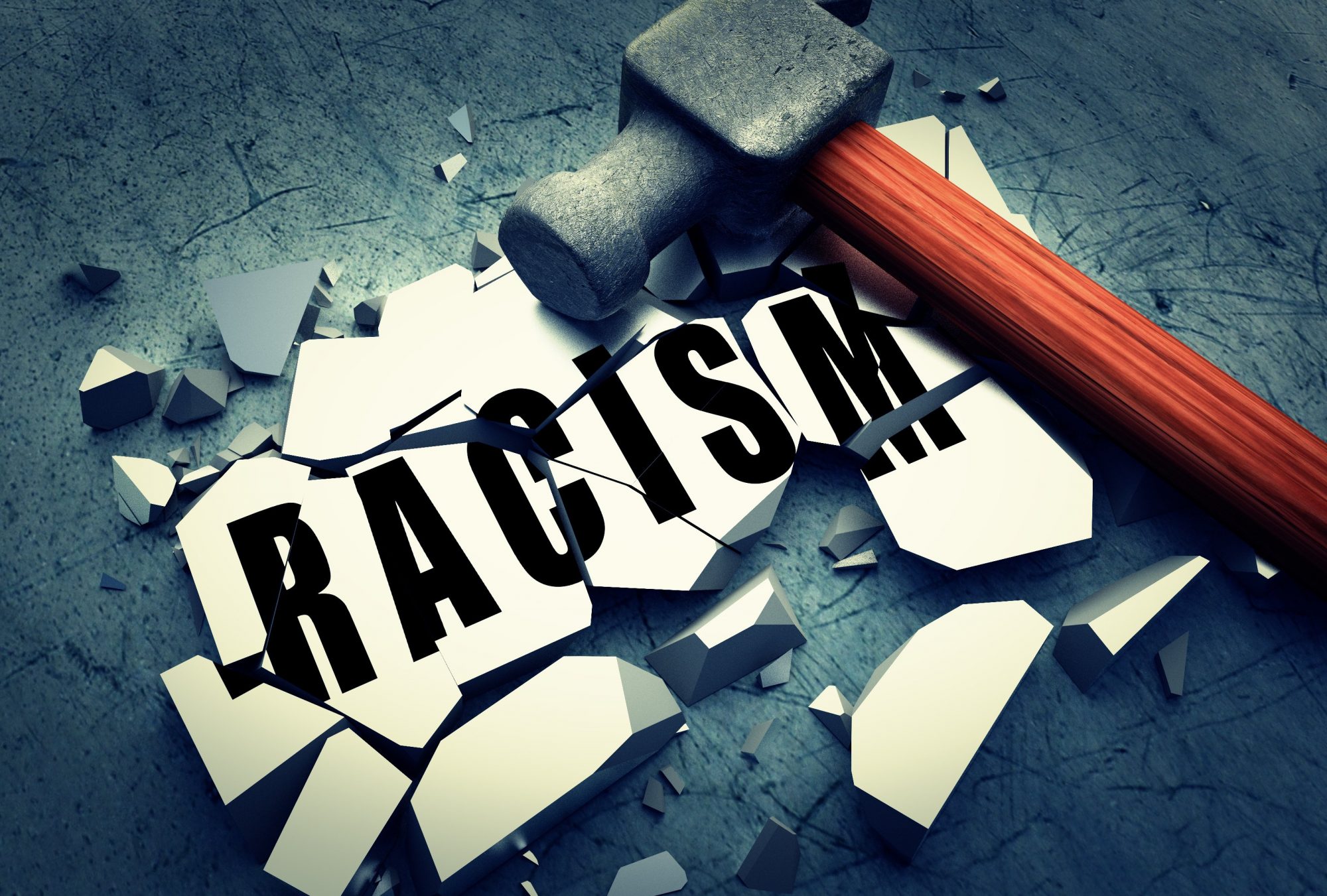Talking about racism in education made me consider how societal ideas of racism persist over time. Racism in education causes the prevalence of institutional and societal racism in America. While Zabala’s thesis regarding racism at Bowdoin specifically addresses racism at institutions of higher education, racism creates more foundational biases in elementary and secondary schools across America.
While researching ideas for topics of discussions as a facilitator, I learned about the ways in which a teacher’s expectations can affect a student’s performance. I think this topic would have been interesting to discuss in more detail with the class. In one study, researchers gave children an intelligence test at the beginning of the school year. After receiving the results, the researchers told teachers that some children were more apt to achieve than others. However, they had arbitrarily picked the students who they reported to the teachers as “high-achieving.” At the end of the year, the students who were randomly picked as “high achievers” actually did show higher levels of achievement than other children in the class. Clearly, teacher expectations influence student performance. This discovery has severe implications in terms of race. Society upholds many stereotypes about people of color which can influence a teacher’s impressions and expectations of a student. If a teacher subconsciously does not believe a student will achieve, it is more than likely that the student will not reach his or her full potential. I wonder how such biases could be addressed and eradicated in schools. Is it possible for teachers to believe in all students’ potential equally? Is that even a reasonable or logical solution? If these biases stem from much foundational racial stereotypes in society, how can teachers separate their expectations from the stereotypes of people of color so that students have equal opportunities to thrive?
Racism in primary and secondary school greatly influences the institutional racism of higher education. In class discussions last week, students brought up the idea that racism in lower levels of education not only influences college students’ ideas about race but also the types of students that attend these institutions. For example, students of color who experience racism in early education may feel more inclined to stop their education after high school and teacher expectations or biases can greatly impact a students’ performance in school; if a student of color does not feel supported during his/her secondary education, he or she may not be accepted to more prestigious college due to the lack of competitiveness of their application. Because racism in colleges and universities have such a strong foundation in lower levels of education, how should we go about changing the racial dynamic of college campuses? In her thesis, Zabala advocates for “meaningful, structural change” rather than surface level changes on college campuses. But do the structural changes have to happen earlier, in lower levels of education? Is it the responsibility of colleges to try to undo the effects of racism in lower levels of education? How would they go about doing that?
The class also had an interesting discussion about Bowdoin’s orientation process regarding race. We discussed that while Bowdoin hosted programs about the importance of racial inclusion and diversity, no one ever mentioned incidents such as Cracksgiving, the Tequila Party, or the Gangster Party that Zabala discusses in her thesis. I am interested in the ways that the Bowdoin orientation process could improve because I think learning from Bowdoin’s history could help many students. I do not think it would be a good idea to immediately bring up such incidents as the first presentation because people may not be in the right mindset at that point; there is an overwhelming amount of information we receive during the orientation in the first few days. However, I do think that educating people about these kinds of incidents would benefit the students. Maybe the proctors or RAs could talk to the students about these events because they already address partying and drinking, so it would make sense for them to talk about crossing the line for party themes and the importance of talking about racial instances that happened at Bowdoin. In this way, students could learn about Bowdoin’s racial history in a smaller group so it is less overwhelming than in an auditorium with the whole class, and they would have the opportunity to ask questions in smaller groups. Then, students will have a better understanding of Bowdoin’s racial history.

Racism in the education system is really provoking especially when you think about the school-to-prison pipeline. Students of color are not given the support needed to achieve at the same level of their white counterparts and then it reinforces the stereotypes that are mapped onto students of color. When bias is formed from societal pressures and racism and is brought into the classroom, students experience it from all sides. This is negative reinforcement can be extremely harmful to students’ performance and can lead to higher drop out rates. I thought it was interesting in your presentation that we talked about Bowdoin’s culture around talking about its racial history. Is it important for Bowdoin to bring up incidents like the Tequila Party, Cracksgiving, or the Gangsta Party during orientation, or is trying to educate and inform students on proper and appropriate behavior enough? Moreover, is Bowdoin effectively educating students on proper behaviors?